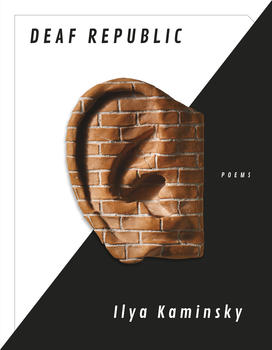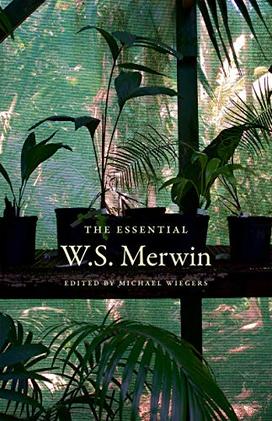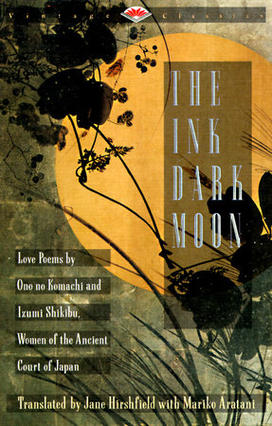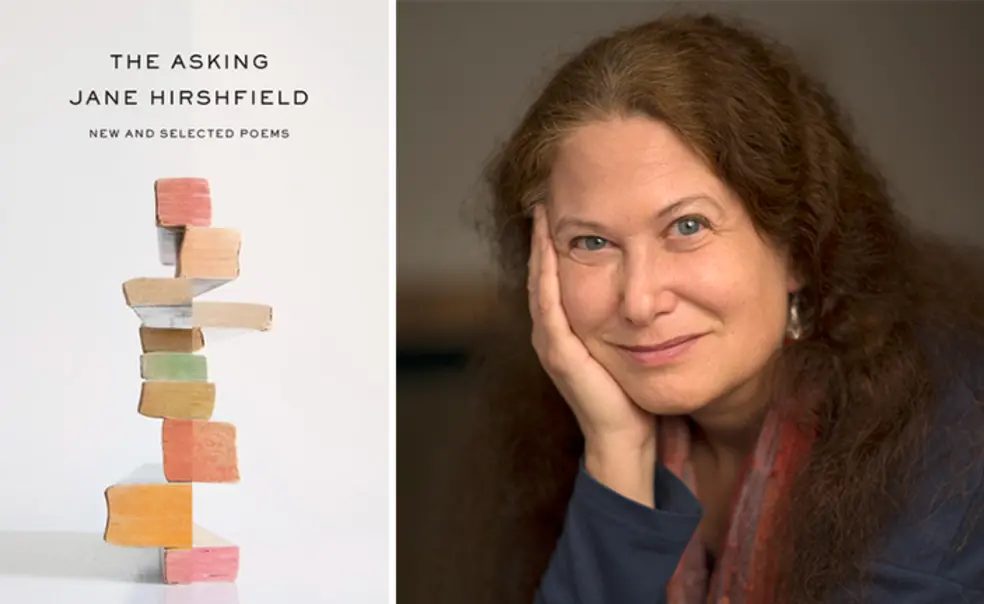Jane Hirshfield ’73 on Princeton-Connected Poetry
Jane Hirshfield ’73 has been writing poetry for 50 years, speaking “for issues of the biosphere, interconnection, and a viable social compact, as well as for the alliance of the sciences and imagination,” she says. Her latest book, The Asking: New and Selected Poems, “speaks to the continuing embrace of a fracturing world,” taking its title from one poem’s closing line: “Don’t despair of this falling world, not yet / didn’t it give you the asking?”
Hirshfield is a 2019 elected member of the American Academy of Arts and Sciences, a former chancellor of the Academy of American Poets, and founder of the traveling interactive installation project, Poets for Science, which is currently on display at the National Academy of Science in Washington, D.C. PAW asked her to recommend three books of poetry with Princeton connections, and she suggested these.

By Ilya Kaminsky, professor of creative writing
“What is silence? Something of the sky in us.”
From time to time a thunderclap book of poetry appears. For me, Ilya Kaminsky’s Deaf Republic is such a volume. Published before the 2022 invasion of Ukraine, the book’s poems are set in a village and country left unnamed. Its entirely distinctive protagonists, responding to entirely distinctive circumstances, serve also as parables of the universal. Deaf Republic’s presentational, narrative, unforgettable vignettes of political violence, intimate life, eros, thanatos, and community resistance are in the lineage — and hold the power — of Kafka, Camus, and Coetzee. Its poems offer speech hard-won from, and respecting, the surrounds of silence.

By W. S. Merwin ’48
“Poetry is a way of looking at the world for the first time.”
William Merwin’s poems were among my earliest introduction to a lyric poetry of image, mystery, implication, and bedrock-anchoring substance, and also to poems in which the influence of Chinese, Japanese, Spanish, South American, and European poets were joined into a voice entirely new and the poet’s own. Merwin’s life, reflected in the poems, was also exemplary — non-standard, connected to places long lived in which the poet retrieved from neglect. His singular, hand-planted, 19-acre palm tree conservancy on Maui has become one of the great reservoirs of palm tree DNA in the world. When the poet moved there, it was the barren ground of a failed pineapple plantation. Merwin’s poems in this book, selected from a lifetime of continuous discovery, are sui generis, beautiful, moving; a lifelong defense of our interconnection with animals, plants, literary traditions, cultures, and one another.

Co-translated by Jane Hirshfield ’73 and Mariko Aratani
I include this collection because it is the fruit of a 1971 seminar table at Princeton. Taking classes in Japanese literature in translation from Professor Karen Brazell, discovering the handful of these poems and a few Nō plays about Ono no Komachi then in English, I knew at once that this book was needed. Fifteen years later, when still no one had done it, I was introduced to a Japanese native speaker who also loved the poems, and I found that sometimes a road not taken can be returned to.
These five-line, originally 31-syllable tanka were written over a thousand years ago by the two foremost women poets of the Japanese Heian Court — the only golden age of literature in world history created by women writers. Tanka are quite different from the later-developed form of haiku: They are long enough to be able to convey the sense of a narrative circumstance under the surface. These brief poems also at times can combine without gap the realms of erotic experience and Buddhist awareness, as in these two examples: “How invisibly / it changes color / in this world, / the flower / of the human heart.” (Ono no Komachi) “I cannot say / which is which: / the glowing / plum blossom is / the spring night’s moon.” (Izumi Shikibu)












No responses yet